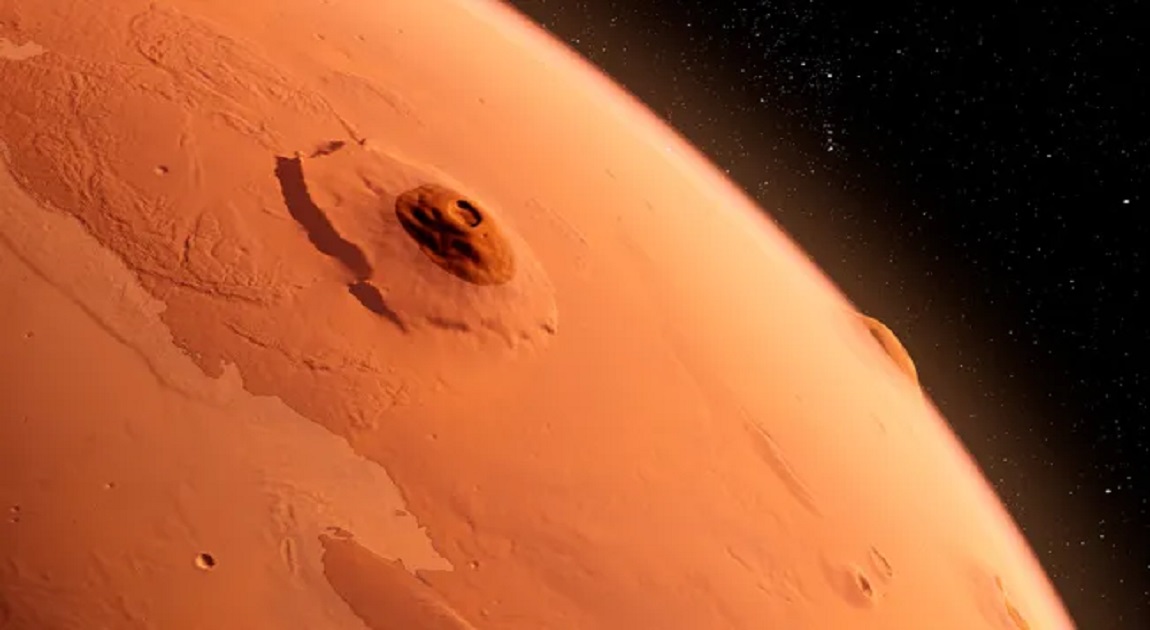Giant impact structures, possibly the remains of ancient protoplanets, may be hidden deep beneath the surface of Mars, according to new research.
The study, published Aug. 28 in Science, analyzed seismic data from NASA’s InSight lander, which recorded more than 1,300 “Marsquakes” between 2018 and 2022 before shutting down due to dust covering its solar panels.
By studying how seismic waves traveled through the Red Planet’s mantle, researchers identified dense, never-before-seen structures preserved for billions of years.
The team found dozens of dense blobs, some up to 2.5 miles (4 kilometers) wide, scattered at varying depths inside Mars’ mantle — a solid rocky layer around 960 miles (1,550 km) thick with temperatures reaching 2,700°F (1,500°C).
“We’ve never seen the inside of a planet in such fine detail before,” said lead author Constantinos Charalambous, a planetary scientist at Imperial College London. “What we’re seeing is a mantle studded with ancient fragments.”
Researchers believe the structures formed when massive objects — including early protoplanets — slammed into Mars around 4.5 billion years ago during the solar system’s infancy.
Unlike Earth, Mars does not have tectonic plates or mantle convection to recycle material, meaning its interior has remained largely unchanged, preserving these ancient remnants.
The study also highlights the sluggish evolution of Mars’ mantle. “Their survival to this day tells us Mars’ mantle has evolved very slowly over billions of years,” Charalambous explained. On Earth, such features would likely have been erased by geological activity.
Marsquakes, triggered by landslides, rock fracturing, or meteoroid impacts, have become a key tool for mapping the planet’s interior. InSight’s seismic data has also revealed other hidden features, including an underground ocean reported last year.
Co-author Tom Pike, an engineer at Imperial College London, said the findings exceeded expectations: “We knew Mars was a time capsule of its early formation, but we didn’t anticipate just how clearly InSight would allow us to see inside.”






































